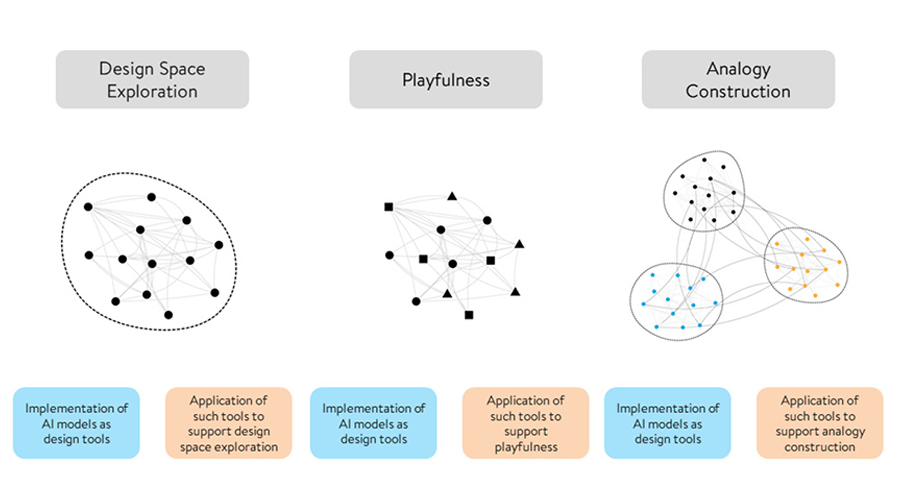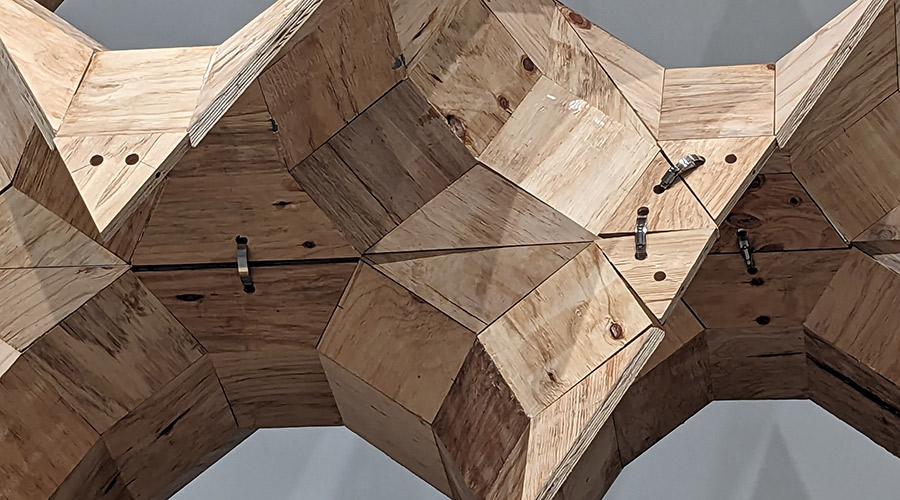Our new article: "Expertise, playfulness and analogicalreasoning: three strategies to train Artificial Intelligence for designapplications" has been published in “Architecture, Structures andConstruction” and is freely accessible online at this link: https://link.springer.com/article/10.1007/s44150-022-00035-y
Authors: Gabriele Mirra, Alberto Pugnale.
This paper presents a theoretical framework for the implementation of ArtificialIntelligence (AI) in architectural and structural design processes, and it iscomplemented by some practical applications.
The aim is to demonstrate that AI can be used to simulatecertain aspects of human cognition and can therefore be integrated into CADsoftware to support conceptual design and idea generation in a number ofdifferent ways. The aim of this study is also to investigate to what extent AImodels can interact with a designer to explore future forms of human–machineinteraction, including autonomous and participative design.
This study identifies and applies AI models to simulate threedistinct learning mechanisms: design expertise, playfulness and analogicalreasoning. Each strategy has been applied to train different AI models,including generative models and reinforcement learning agents. In the firstapplication, the AI model extracts visual features from a dataset of shell andspatial structures, and then recombines such features to generate new designpropositions. In the second application, an AI agent learns a design strategyto solve a toy-design problem with no prior knowledge of precedents. The thirdapplication illustrates that AI can be trained to discover meaningful featuresfrom biological forms and generate simple design objects through the visualabstraction of such forms.
The applications demonstrate the ability of AI to synthesisedesign options and interact with a designer through visual data formats, suchas 2D images and 3D models. This work does not focus on assessing theusefulness of AI models in a real-world design scenario, or on comparing AIwith current computational design tools and approaches. It instead investigatesdifferent forms of design exploration for computational design purposes, thuspaving the way for the development of future autonomous and participativedesign systems.
The three learning mechanisms identified and discussed in thispaper are part of Gabriele Mirra’s PhD thesis, which will be submitted for reviewlater this year at The University of Melbourne.



